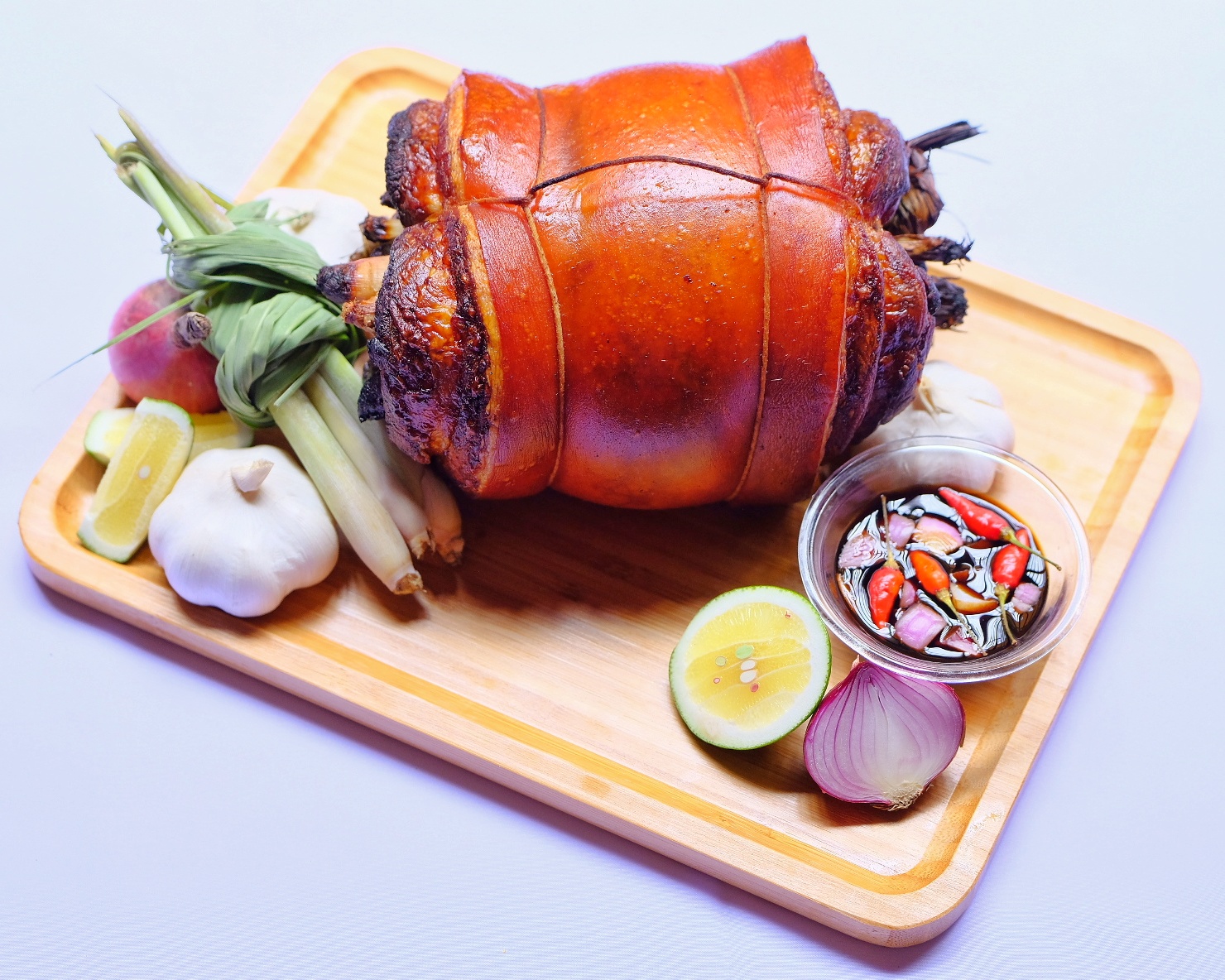“Filipino food is very diverse because of all the people coming in to the Philippines,” says Marlon Tan, co-owner of Cebu, a Filipino restaurant coming to Wicker Park. “The Spanish were there for 400 years and before them, the Chinese. We are really proud of our heritage and want to share our food and culture in Chicago.”
Tan moved to Chicago from San Francisco about a year ago to open the restaurant, and his immediate family joined him. At Cebu, his brother Malvin works as the chef and his sister Cybill runs the pastry program. All three grew up in the Philippines until their parents sent them abroad for school. While they all studied business (the family also runs small boutique hotels in the Philippines), Malvin and Cybill ended up going to culinary school. Given their combined experience, opening a restaurant made perfect sense. “It’s the same industry, just a different market,” says Tan.
It took them about a year to find the right location for the restaurant, in a space that formerly housed Americano 2211 and Birchwood Kitchen on 2211 W. North Avenue. Cebu, named for their home city, will showcase the cuisine of the region. “Cebuano cuisine is more geared towards the Spanish and Chinese influence,” says Tan. Take, for instance, kinilaw, a version of ceviche made with coconut vinegar and ginger.
The restaurant’s signature dish is sure to be one of the most popular menu items: a whole roasted pork belly. “Every place in the Philippines has roast pig,” says Tan, “but everyone says Cebu’s is the best.” At the restaurant, chef Malvin will marinate 15 pounds of pork belly with lemon grass, garlic, and star anise, then wrap and roast it for hours. It’ll then be served sliced, with a soy vinegar sauce.
Expect plenty of pork dishes at Cebu, like pata — fried pork hocks served with soy vinegar and atchara, a mix of pickled green papayas, bell peppers, and carrot. “The Filipino palate is more on the sour and sweet side,” says Tan, so most dishes have an element of vinegar or pickles.
The restaurant also has some unique desserts due to Cybill’s extensive pastry experience. There’s a calamansi tart, made with the eponymous Filipino citrus fruit that Tan describes as sweeter than a lime, but still sour, and a cream puff with rum ice cream. Once summer comes, the most popular dessert will definitely be halo-halo, a combination of shaved ice, coconut jellies, red beans, corn flakes, and ube (purple yam) ice cream. The name translates to “mix-mix,” and the ingredients are all meant to be mixed. “It’s colorful,” says Tan. “It’s balanced, not too overly sweet.”
The siblings fell in love with their new home city while visiting family, and Tan hopes that the city will fall in love with their version of Filipino cuisine when the restaurant opens later in March.




